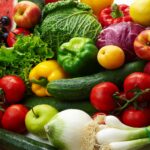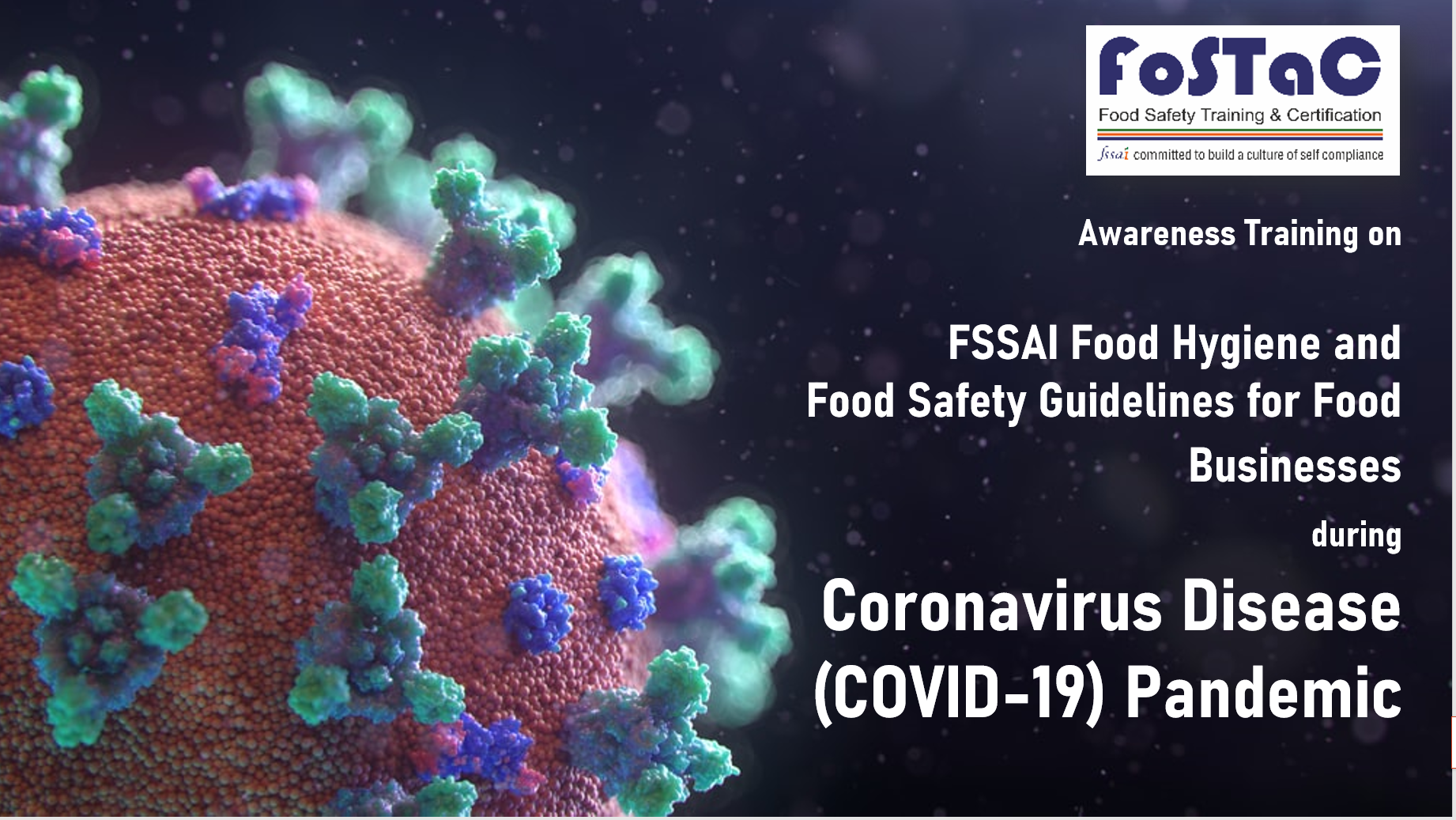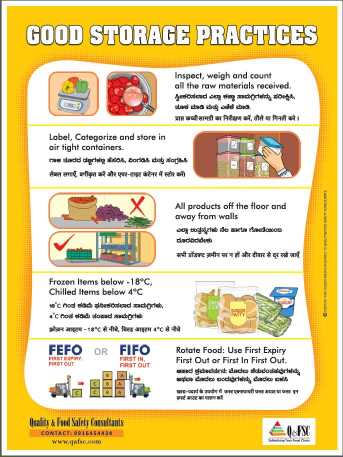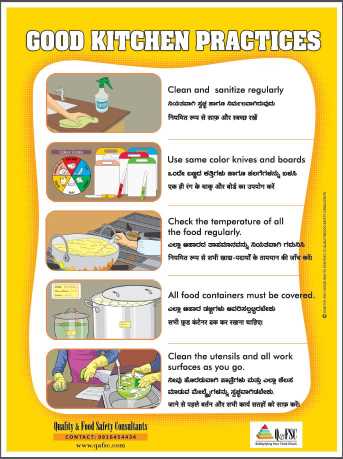With most restaurants forced to close their dining rooms because of state and city coronavirus restrictions, operators are increasingly turning to the sole off-premise channels such as delivery and carry-out.
Nation’s Restaurant News turned to Mandy Sedlak, food safety and public health manager for Ecolab’s Ecosure division, to offer her expert advice.
What are some specific suggestions for delivery and takeout in during the COVID-19 pandemic?
- For delivery and pick up, encourage all payments to be hands free and interactions to be minimal and consider drop-off deliveries.
- Increase frequency of bag cleaning and disinfecting high-touch surfaces using an [Environmental Protection Agency]-registered product with an emerging viral pathogen. Refer to product label for directions for use.
- For pickups, limit the number of people inside at the same time to maintain social distancing. [Recommendations are for physical distancing of six feet.]
- According to the [Food and Drug Administrations], there is no evidence of food or food packaging being associated with transmission of COVID-19.
What are the best steps to assure food safety in delivery and takeout?
Once food leaves the restaurant for delivery, transparency for the most part could be lost and maintaining the safety and the quality of the food is important, even when it’s out of sight on the way to the guest.
What are the critical things that restaurants can do to ensure the safety of their food until it is delivered to their guests?
Excellent food safety practices, time management of cooked and holding food, proper packaging, tamper resistant seals, sanitation and customer guidance are areas you may want to look at first when putting together a plan to offer delivery and pick up. Excellent food safety practices start with proper hand washing and personal hygiene. And now more than ever, hand washing is at the top of everyone’s mind. Everyone who handles food should properly wash their hands with soap and water. If you have your own delivery drivers, consider training on hand washing procedures. Even though delivery drivers are not preparing food, excellent personal hygiene should be practiced by everyone in control of a guest’s meal. No one should work sick, including your delivery drivers. Anyone with symptoms of vomit, diarrhea, sore throat with a fever, jaundice, fever alone or respiratory illness should not be handling or delivering food. And they should not return to work until symptom free for at least 24 hours or cleared by the health department or their doctor. Foundational food safety practices should also be strictly followed, such as keeping raw food away from cooked food, eliminating bare hand contact and cooking food to the proper temperature. Perform regular cleaning and disinfection when needed. Pay close attention to items used just for delivery and pick up. Wipe out delivery bags with a sanitizing cloth frequently. Use bags that are easily cleanable and in good repair. Discard when they are worn and uncleanable.
How about the food preparation space?
With increased takeout and delivery, it’s important to have the right-size area to keep take out and to go items away from contamination such as chemicals or physical hazards, such as office supplies that may be near take-outs – paperclips, etc. As best practice if using third-party delivery services, consider supplying hand sanitizer for the driver and sanitizing wipes for the takeout bag.
And the packaging?
Food packaging should be a good fit to maintain hot and cold temperatures as long as possible and to uphold food quality. To help maintain temperatures, package hot and cold food separately. Before pick up, hot food should be held at 135 degrees F or more and cold food should be held at 41 degrees F or less as long as possible. Limit the time food is out of this temperature range to less than two hours. Buffer the time of delivery into the suggested two-hour window where cold food is outside the temperature of less than 41 degrees F and hot food is out of the temperature of more than 135 degrees F. Close packaging using a tamper-proof seal. (Don’t forget to double check the order first!) Some packaging solutions are: Adhesive seals on take-out bags that tear bag when opened, carryout containers with plastic tabs that break when food is accessed, tamper-evident labels, cartons with tamper-evident seals or adhesive strips or adhesive bands across the tops of lids and cups.
Also check: Is the bag secure enough to withstand possible movement and possible cross contamination during transportation? If not, double bag or secure everything together.
What’s the best way to communicate food-safety quality to the consumer?
In additional to tamper seals, consider labeling the package with the time and date of pick up and offering guest guidance, including heating or reheating instructions if applicable. Food should be consumed shortly after delivery. Leftovers should be placed in a refrigerator that will cool and maintain the food at less than 41 degrees F and eaten within two days. (instruct otherwise if guidance is less than 2 days). If served hot, reheat to a temperature of 165 degrees F quickly after taken out of refrigeration. Once cooled and reheated, do not cool again and reheat a second time.
Any other advice?
Coronavirus is a respiratory virus. It is not considered to be a foodborne illness by the [Centers for Disease Control and Prevention], but similar proactive steps such as not working when sick, proper hand washing and thorough disinfecting can help mitigate the risk. Source.








